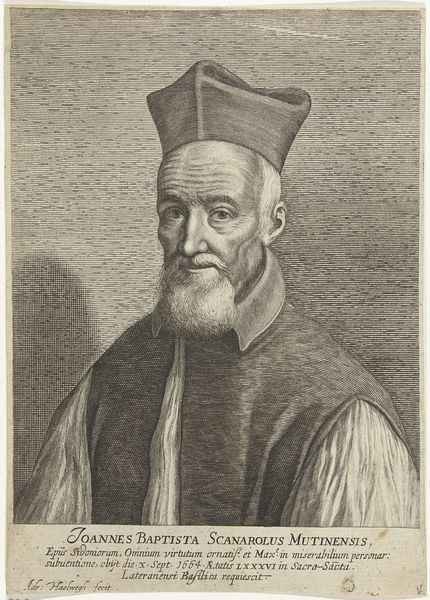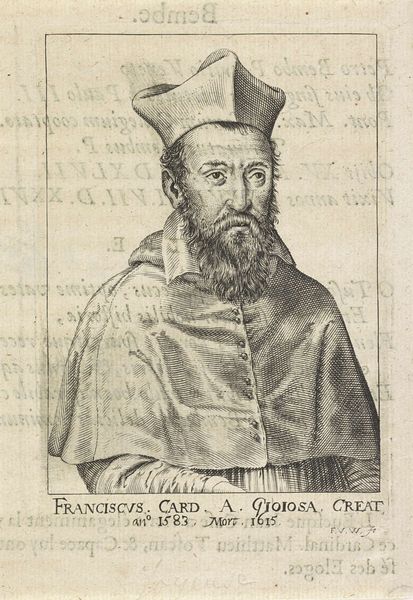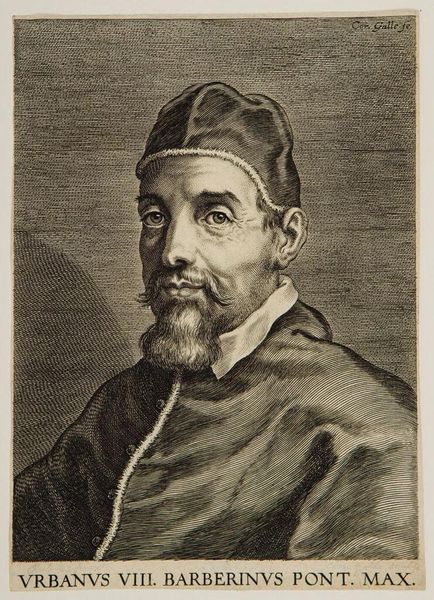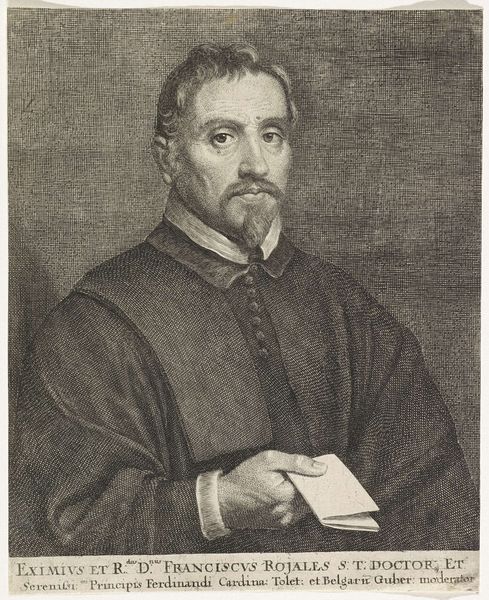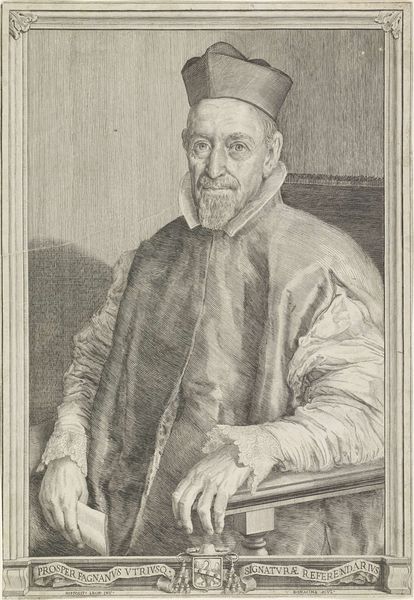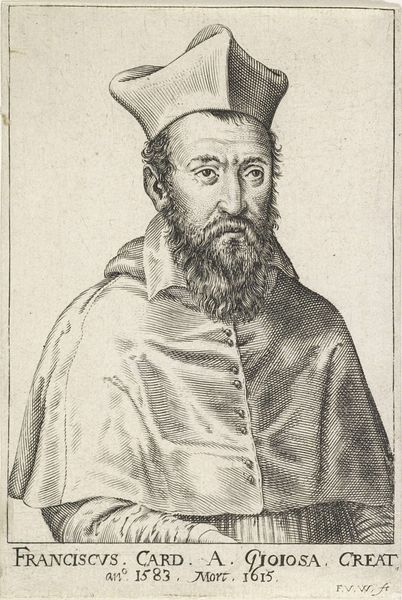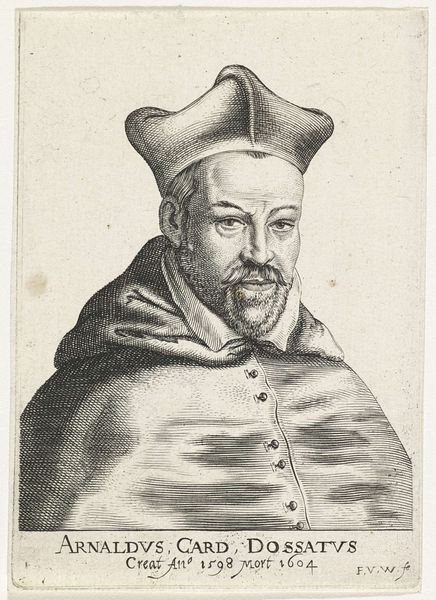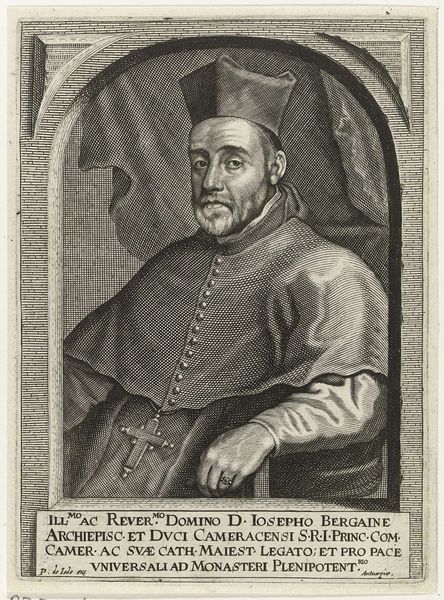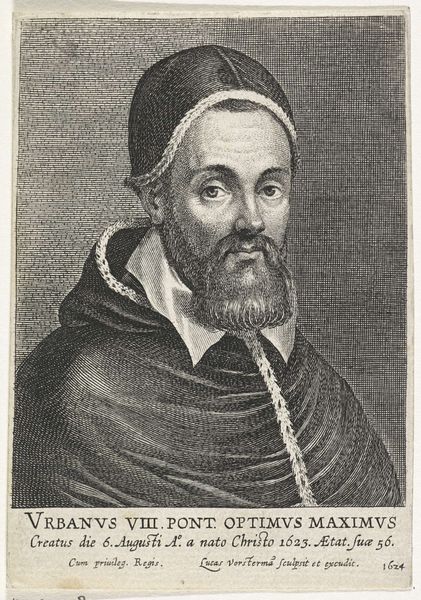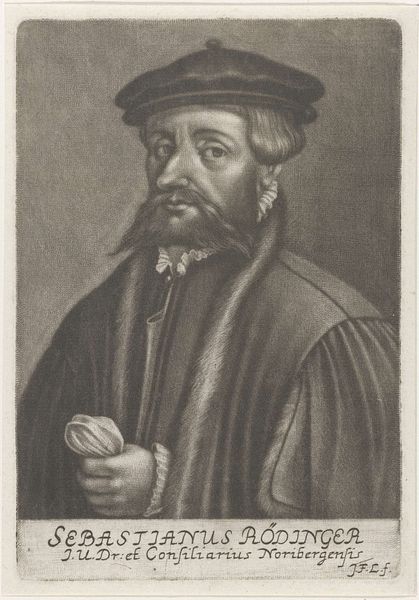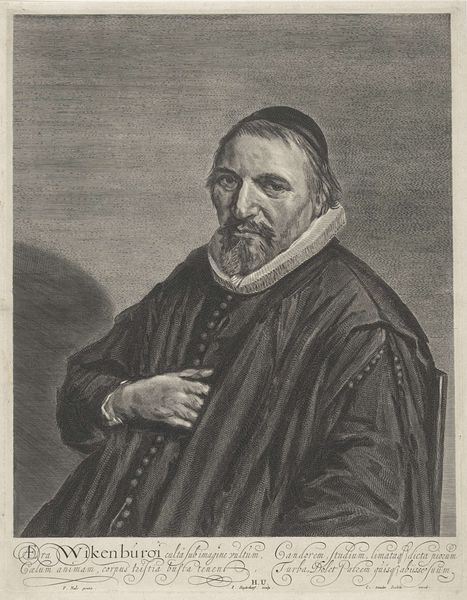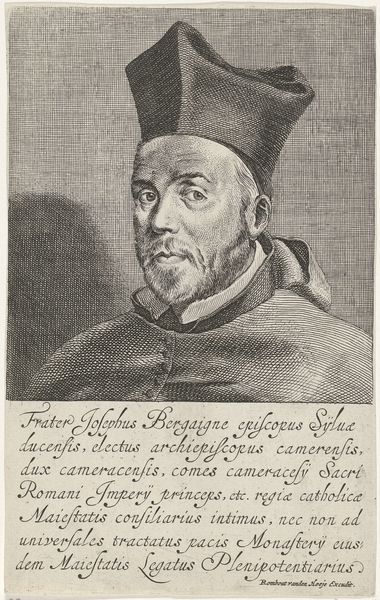
engraving
#
portrait
#
baroque
#
engraving
Dimensions: height 136 mm, width 91 mm
Copyright: Rijks Museum: Open Domain
Editor: This is "Portrait of Pope Urban VIII," an engraving by Ottavio Leoni from 1625. What strikes me is how the texture of his clothing contrasts with the smooth, almost idealized, depiction of his face. What's your take on this portrait? Curator: From a materialist perspective, the engraving is fascinating. The act of creating multiple prints transforms the portrait into a commodity. The labour involved, the skilled hand manipulating the burin, becomes crucial to our understanding. Editor: A commodity? Curator: Absolutely. This wasn’t a unique, one-off painted portrait for the Pope alone. An engraving allowed for wider distribution, reinforcing his image and power through repeated impressions and economic circulation. How does understanding it as reproducible image, destined for many hands, change your understanding? Editor: That’s a really interesting point. Thinking about it less as a representation and more as a produced object... It brings up questions about how the availability of this image could shape perceptions of the papacy beyond the inner circle of the Vatican. Were these prints widely distributed, do we know? Curator: Researching the distribution networks of prints at that time, the workshops involved, and even the paper used, would reveal a lot about the social and economic context. It moves us away from simply admiring likeness and more towards understanding its function within Baroque society. Editor: So, the focus shifts from the Pope's personal features to the cultural role this engraving played... It’s definitely given me a whole new perspective on the piece. Curator: Exactly. By examining the materials, production, and distribution, we can begin to see how this portrait operated as a form of cultural production and even propaganda.
Comments
No comments
Be the first to comment and join the conversation on the ultimate creative platform.
